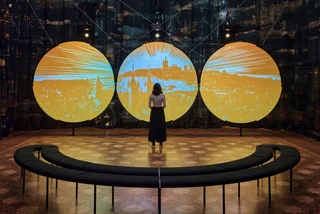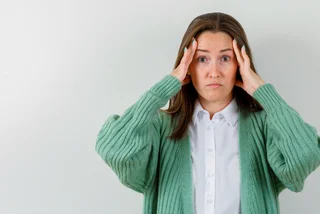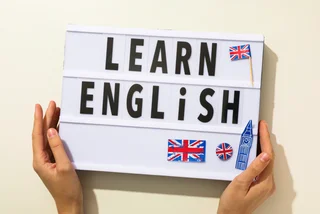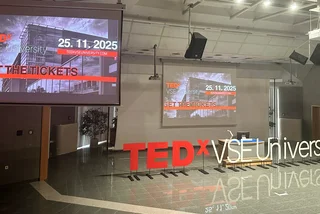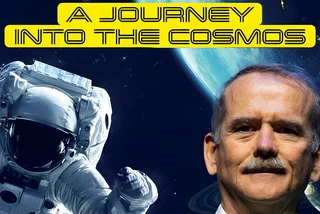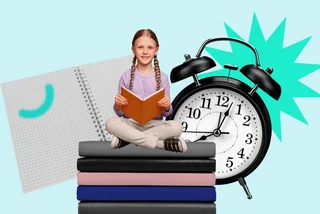The writer most readily associated with Prague is Kafka. His name is emblazoned on t-shirts, mugs and posters. There is a factual basis to this shameless merchandising. The writer was born at the site of what is today náměsti Franze Kafky 3; though the original house was torn down after a fire many years later. Much of his childhood was spent criss-crossing the square from Celetná 2; then Dům U Minuty (House at the Minute) at Old Town Square 2, where he lived until he was 13; then to Celetná 3. No wonder he said the city had claws.
Given his fraught relationship with his father and the cramped living conditions, he spent a lot of time at cafés, especially the Continental, the Louvre on Národní třída and Arco at Hybernská 16. The latter was a meeting place for many of Prague’s German writers, including Kafka’s friend, fellow writer and biographer Max Brod. A young Rilke, undoubtedly the next most significant German writer to come from this city, also visited the café and read his poems there. Rilke was born off Wenceslas Square at Jindříšská 17. He eventually left his home town because he found the intellectual life stifling.
Despite Jaroslav Hašek’s colorful, life it is the image of his creation Švejk, which is seen around Prague. Born at Školská 1325 in 1883, Hašek lived and drank all around the city. U kalicha at Na bojišti 12 – 14 features in The Good Soldier Švejk, but he also held court at Kopmanka on Templová, the Vales on Karliny světlé and the Montmartre at Řetězová 7. According to an account in his A Drunkard’s Yarns (Opilecký historky), he was banned from the latter but continued to loiter until he encountered a policeman. The officer said since he was not creating a disturbance, the pub had to serve him. Unfortunately, Hašek had no money, and once the officer settled the bill he led Hašek back outside himself. Hašek claimed he could only return in disguise.
But it wasn’t just boozing. The pubs were where he wrote or dabbled in politics. His Party for Moderate Progress within the Bounds of the Law (Strana Mírného Pokroku v Mezích Zákona), which rightly sounds like a joke, would meet at U zlatého litra, on Balbinova in Vinohrady.
With these two figures looming large in Prague’s history, Jan Neruda still managed to retain his imaginative hold on Malá Strana. He was born and raised at Ostruhová 47, now renamed Nerudova. He brought to life the narrow sloping streets and their inhabitants in his Tales from the Little Quarter, so you can almost hear the footfalls on the cobblestones and heady chatter. Far from being sentimental, the tales express disappointment, frustration and even parochialism. Sadly, his work is marred by his anti-Semitism.
Amongst Czech friends and colleagues, Karel Čapek is figure who enjoys the greatest respect, especially for his rich use of the Czech language. He was very close to his brother Josef – it was Josef who suggested the word ‘robot’ – and not only did they collaborate together, they also lived side by side, first of all at Říční 11 then in a large duplex at Bratří Čapků 28. When they lived there, the street was called Úzká and the house was the venue for Friday garden parties of Prague’s intellectual set, including then President Tomáš Masaryk.
Čapek was known to frequent the Café Union, known at the time as Unionka, which stood at the corner of Národní třída and Na Perštýně Street. The café has been described as a warren of interconnected rooms and was as much a second home, information exchange and loan office as it was a place to get coffee and read the paper. It was also the meeting place of Devětsil, perhaps the most significant Czech art movement of the inter-war period. Notable members included the poets Jaroslav Seifert, a Žižkov native and the only Czech to win the Nobel Prize for Literature as well as Vítězslav Nezval, considered by many to be the master of Czech surrealist verse. It was also one of Hašek ‘s haunts. Unionka survived closure in 1923 because Čapek started a petition in Lidové noviny, the paper he edited. But by 1949, the shabby café could no longer stand up to change and was demolished.
Devětsil also met at the Národní Kavárna at Národní třída 11 or occasionally at the more famous Café Slavia a block away overlooking the Vltava. For about a decade, this precinct from Na Perštýně to the banks of the river was the backdrop to most of the Czech Republic’s most creative ideas in letters as well as other arts.
The rise of communism may have stemmed the flow but it didn’t stop it completely. Much of this creativity moved underground. Café Slavia remained a meeting place for young would-be intellectuals at the beginning of the communist regime, including a teenage Václav Havel and other members of his circle called the 36ers, because they were all born in 1936. During his youth he also visited the reclusive poet Vladimír Holan at his flat in Werich’s Villa, formerly Dobrovsky’s Villa, in Kampa. This site is now open to the public. The story goes Havel, who came with Moravian wine, was interested in Holan’s lifestyle if not exactly his poetry. One place very closely associated with Havel is Divadlo na Zábradlí at Anenské náměstí 5, where he worked as a stage hand and where his first full length play “The Garden Party” was performed. Until 1993 Havel lived with his then wife Olga at Rašínovo nábřeží 78.
Many more writers worked during this regime and to cover all of them is beyond the scope of this piece. It would be wonderful to give more time to Kundera, who brought a more complex face of Prague to non-Czechs, or Ivan Klima, whose Love and Garbage is as intimate a portrait of the city as you can get. But there remains one writer who is tied to the city and whose work is even said to have had an influence on the language. Bohumil Hrabal may not have lived all his life in Prague but he made certain corners of it distinctly his. The pub, U zlatého tygra at Husova 17 in the Old Town was practically his second home. Havel famously introduced Bill Clinton to him there. However, its fame and the proximity to the tourist center does mean the pub has lost some of the grittier charm captured in Hrabal’s stories. Hrabal lived for a time at Na Hrazi 24. The house is no longer there but a frieze in honor of the man can be found at the exit to the Palmovka metro station. His time in this house is depicted in the memoir Něžný barbar, (Tender Barbarian) which relates his friendship with artist Vladimír Boudník.
Graham Greene made two brief appearances here, one, two days before the communist take over, the second in 1969, where he dined at a hotel on Mikulandská Street and stayed at the hotel Jalta. Allen Ginsberg was famously crowned Král Majales (The King of May), 1st May 1965, only to be expelled a few days later. The accepted reason for the expulsion was that Ginsberg was gay.
Vladimír Nabokov had a strong connection with the city. His mother lived here until her death, first at an unspecified location near the river in Smichov, then at Palackého třída 64 in Karlín and finally at Koulova 6 in Dejvice. He couldn’t bring himself to live here despite Prague’s importance to Russian emigrés life because he regarded the city as no more than “a bleak bridge across a bleak river, rain, the wet gargoyles of some place of worship.”
Prague continues to attract writers and there are even readings in English such as the Alchemy series at the Globe Bookstore, Pštrossova 6, Prague 1. Or if you´re too timid to see literature live, the anthology The Return of Král Majáles, edited by Louis Armand, will introduce you to what is happening and has been happening in the Prague lit scene for the last two decades. And so this city’s connection with literature will continue.











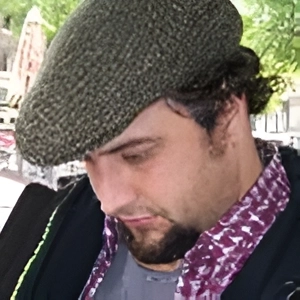
 Reading time: 6 minutes
Reading time: 6 minutes 



